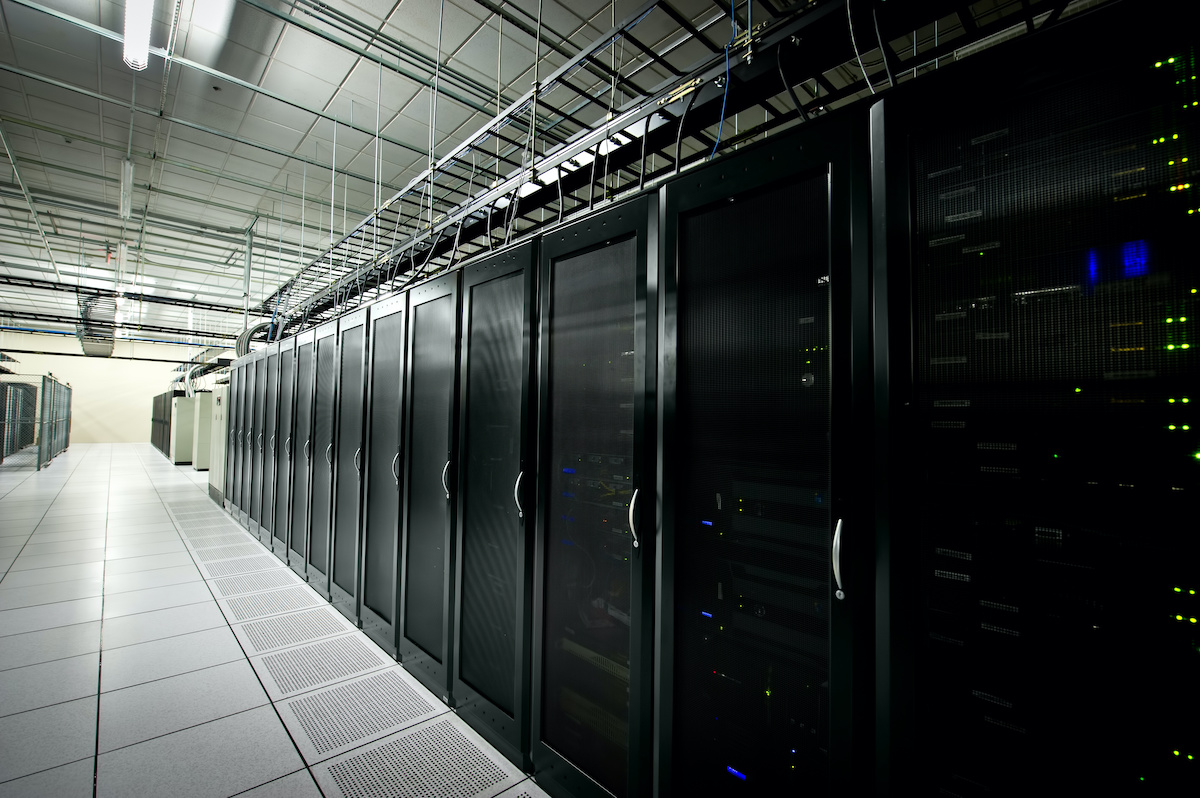Introduction to International Data Center Standards – Part 120 min read

It is clear that even without the recent increased dependency on digital infrastructure brought about by COVID-19, that demand for services from data centers will continue to increase. It is also evident that increasing demand will result in a greater consumption of power unless improvements in energy efficiency are applied.
It is therefore imperative to underpin our digital infrastructure with common globally agreed upon standards and metrics. These are the tools needed to create consistent benchmarks which support better understanding and continued improvement of the delivery of digital services — in terms of both reliability/availability and energy efficiency. Ultimately the use of these tools may be by wide voluntary adoption or potentially by reference in legislation and regulation.
As it stands, the data center standards landscape is a very confusing and difficult arena to navigate through. There are documents and frameworks in existence which are routinely referenced but are not true standards in that they are not recognized by either national or international standards bodies. There are also data center standards that are recognized nationally but not internationally and for some countries there are even competing national standards affectively addressing the same areas.
A number of national standards have been published which address design concepts for data center infrastructures. For example, ANSI/TIA-942-B focuses on the telecommunication infrastructure while ANSI/BICSI 002 considers itself a standard covering the full range of infrastructures but is, in reality, a comprehensive set of design and implementation best practices. However, both of these documents are only recognized as national standards within the United States. Neither of these documents can be considered to define requirements that can be wholly employed (or “conformed to”) because of their linkages to other US standards which may be incompatible with European or wider international practices.
This lack of cohesion has resulted in a significant degree of competition for the very lucrative market of providing data center certification. This article will address the issue of certification in subsequent sections, however it is worth pointing out at this stage that ‘certification’ is a far more complex issue than what it might seem and is frequently misunderstood.
This ongoing confusion has resulted in a lack of consistency in the application of benchmarks and a lack of common understanding across the data center sector. Some significant steps have already been made to both truly standardize and globalize the data center standards landscape and there are efforts underway to take this further. These significant achievements and ongoing efforts are discussed in detail below.
Key Performance Indicators (KPI) – The ISO/IEC 30134 Series
What is perhaps surprising is that many in the data center sector are not aware of the globally standardized Key Performance Indicators (KPIs), which have already been defined and published by the International Standards Organization (ISO). While many have heard of Power Usage Effectiveness (PUE), and possibly even reference it on a daily basis, it seems that relatively few people realize that it is defined by ISO/IEC 30134-2:2018, and that reference to anything other than this standardized KPI is not PUE. (Note: PUE was originally defined by The Green Grid but this organization passed the development, standardization and dissemination of this metric to ISO/IEC JTC1 SC39 WG1).
By way of background ISO is based in Geneva, Switzerland and is the global independent, non-governmental membership organization and the world’s largest developer of voluntary international standards. Members are the appointed national standards bodies of the 163 member countries around the world. ISO works alongside International Electrotechnical Commission (IEC), in the development of emerging international data center standards and ISO/IEC JCT1 SC39 WG1 is the body responsible for the development of the ISO/IEC 30134 series of standardized data center resource efficiency KPIs (this includes PUE).
It is important to differentiate between standards that support data center design and those that may be used to improve their operation. The ISO/IEC 30134 series of standards are aimed at improvements in operation rather than design.
The full list of standards in this series are listed below:
International Standard ISO/IEC 30134 Information Technology — Data Centers — Key performance Indicators
ISO/IEC 30134-1:2018 — Part 1: Overview and general requirements
ISO/IEC 30134-2:2018 — Part 2: Power usage effectiveness (PUE)
ISO/IEC 30134-3:2018 — Part 3: Renewable energy factor (REF)
ISO/IEC 30134-4:2017 — Part 4: IT Equipment Energy Efficiency for servers (ITEEsv)
ISO/IEC 30134-5:2017 — Part 5: IT Equipment Utilization for servers (ITEUsv)
ISO/IEC DIS 30134-6 — Part 6: Energy Reuse Factor (ERF)
ISO/IEC CD 30134-8 — Part 8: Carbon Usage Effectiveness (CUE)
ISO/IEC CD 30134-9 — Part 9: Water Usage Effectiveness (WUE)
It is also important to recognize how standards based KPIs differ, but more importantly, how they should be used and correctly applied. There are three different types of KPIs recognized:
Technical KPI – A KPI assessing the performance of a component, sub-assembly, product or sub-system under a specified set of conditions.
Technical KPIs relate to the design and engineering phase for the components, sub-assemblies, products and systems to be employed in data centers. These are measured under specific operating conditions and provide indications of potential performance in an operational data center.
Objective KPI – A KPI assessing one of the performance objectives of an operational infrastructure which may be subsequently used to define a global KPI.
Objective KPIs apply to the data center infrastructures in the operational phase and may be used to monitor and drive behavior within a data center.
Global KPI – A KPI relating to operational infrastructure which presents information from a number of separate objective KPIs.
Global KPIs provide a different view from the objective KPIs. It should be noted that the intention should not be to characterize an operational data center by a single global KPI. Different global KPIs may combine different combinations of objective KPIs with the intention of focussing on specific resource efficiency objectives. Global operational KPIs produced in this way can be used to reflect the overall performance of data center infrastructures against targets which may be self-imposed by the operator or externally applied by legislators.
Operational KPIs (objective or global) should be considered as trend indicators and not comparators between different data centers. In addition, it’s important that the use of global KPIs does not serve to hide the trends demonstrated by the underpinning objective KPIs.
Real-time monitoring, data-driven optimization.
Immersive software, innovative sensors and expert thermal services to monitor,
manage, and maximize the power and cooling infrastructure for critical
data center environments.
Redefining Data Center Power and Cooling Optimization
Immersive software, innovative sensors and expert thermal services to monitor,
manage, and maximize the power and cooling infrastructure for critical
data center environments.

Mark Acton
Independent Consultant | Non Executive Director, EkkoSense
With over 25 years of experience in the Data Centre sector industry, Mark has been a specialist in the field of Data Centre Operations for over 20 years, concentrating on the delivery of business critical services from highly reliable, world class Data Centres having 24x365 availability expectations. This has included consultancy and technical advice as well as senior management roles responsible for service delivery and both strategic and operational management within the industry. A Technical Operations Manager with extensive international experience and solid technical skills covering Data Centre Facilities Design, IT and Facilities Operational Management with Technical Consulting.
A regular public speaker, conference host and industry advisor on data centre technical issues, currently acting as consultant and Non-Executive Director for leading data centre operators and solutions developers as well as being involved in International data centre Standards development.
Airflow Management Awareness Month 2019
Did you miss this year’s live webinars? Watch them on-demand now!
0 Comments